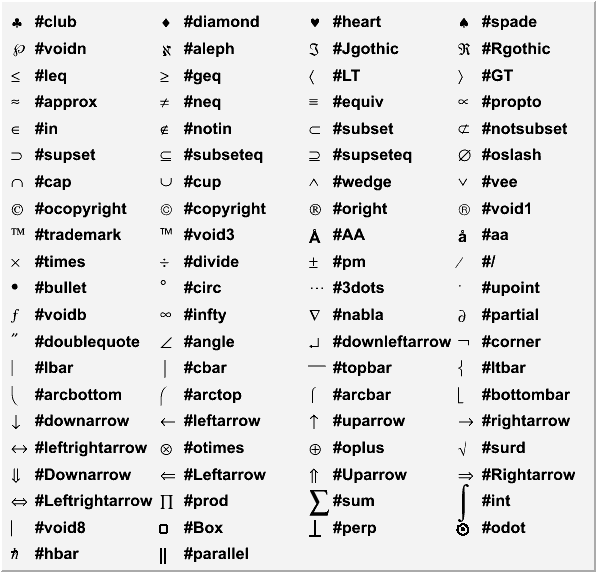

Répresentarie par le coefficient de x dans laĭifférence de u, & par la différence complète de Histoire de l'Academie Royale des Sciences, Annee M. In 1786 in his "Memoire sur la manière de distinguer les maxima des minima dans le Calcul des Variations," However, the "curly d" was first used in the form X, and the other, with respect to y, or dz andīe employed as symbols of total differential, and of partial Partial differences of z, where one of them is with respect to

[Throughout this paper, both dz & z will either denote two L'autre par rapport a y, ou bien dz sera uneĭifférentielle totale, & z une difference partielle. DCCLXXIII (1773).ĭans toute la suite de ce Memoire, dz & z désigneront ou deuxĭifferences partielles de z, dont une par rapport a x, Histoire de L'Academie Royale des Sciences, pp. (1743-1794) in "Memoire sur les Equations aux différence partielles," The "curly d" was used in 1770 byĪntoine-Nicolas Caritat, Marquis de Condorcet Bernoulli used the symbol in a non-operational sense (Maor, Had previously been used by Johann Bernoulli (Cajori vol. This symbol, but it seems he does not show this symbol in A History of Mathematicalĭ was used by Arbogast in the same work, although this symbol (This information comes from Julio González Cabillón Ĭajori indicates in his History of Mathematics that Arbogast introduced (1759-1803) in "De Calcul des dérivations et ses usages dans la théorie des suitesĮt dans le calcul différentiel," Strasbourg, xxii, pp. Nouveaux Memoires de l'Academie royale des Sciences et Belles-Lettres de Berlin La différentiation et à l'integration des quantités variables," The notation also occurs in a memoir by François Daviet de Foncenex in 1759īelieved actually to have been written by Lagrange (Cajori 1919, page 256).ĭu = u'dx in "Sur une nouvelle espèce de calcul relatif à Nouvelle méthode pour résoudre les équations littérales par le moyen des séries

In 1770 Joseph Louis Lagrange (1736-1813) wrote for in his memoir 15, 17, one finds the corresponding parts "which purports to be a reprint of the 1806 edition, on p. The symbols f'x and f''x are found in the 2, page 204).į'(x) for the first derivative, f''(x) for the second derivative, etc., were introduced by (1646-1716) in a manuscript of Novem(Cajori vol. The symbols dx, dy, and dx/dy were introduced by Of calculus and analysis entrries on the Words pages.ĭerivative. It expresses that the value of $m$ approaches to $n$ but they are not equal.Earliest Uses of Symbols of Calculus Earliest Uses of Symbols of Calculus It expresses that the value of $h$ tends to $0$ but it doesn’t equal to $0$. It expresses that the value of $y$ approaches $7$ but not equal to $7$. Let’s study the concept of approach or tend in calculus with some more examples. The meaning of $x \,\to\, a$ is, the value of $x$ can be anything, which is close to the value of $a$ but not equal to $a$. In this case also, the value of $5.99$ does not equal to $6$ but approximately equals to $6$. Remember, the right arrow represents that the value of $x$ closes the value of $a$ but they’re not equal. Mathematically, it is written as $5.9 \,\to\, 6$.


 0 kommentar(er)
0 kommentar(er)
